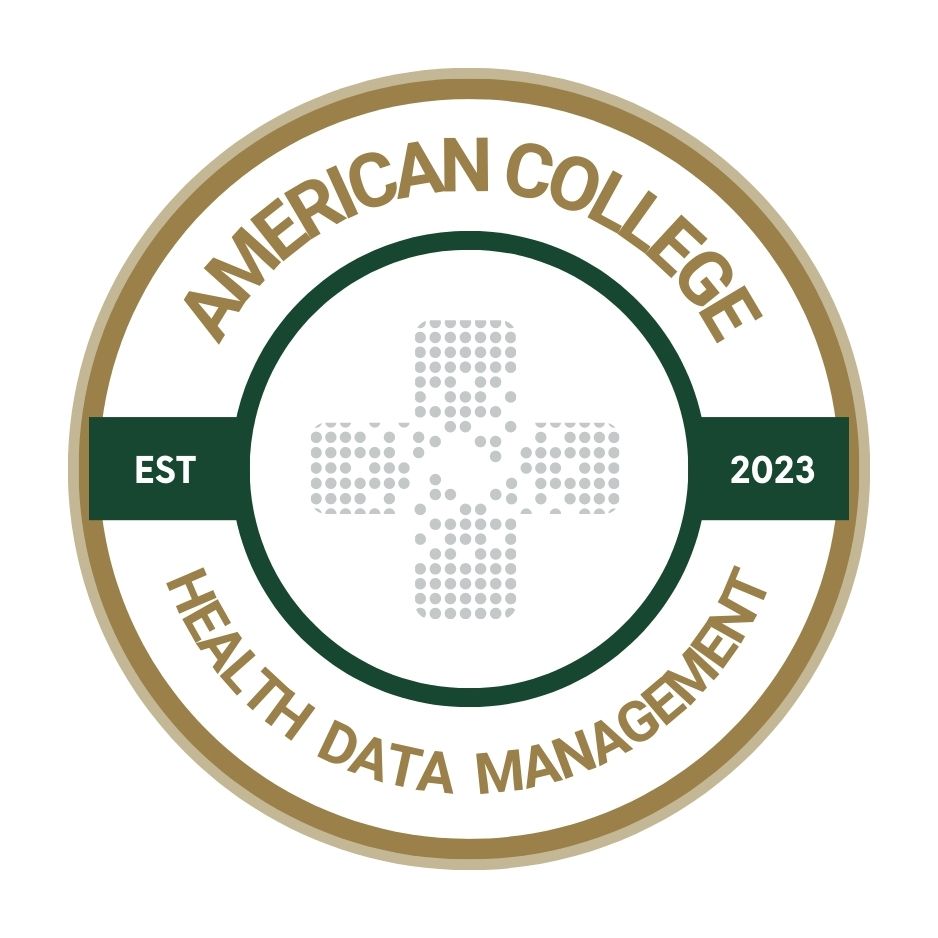How to build a financial case for killing zombie apps
As organizations wrestle with reductions to Medicaid and ACA, quickly eliminating unused apps can save big dollars.

Earlier this year, I wrote about the zombie apps haunting healthcare IT – legacy systems that drain budgets and expose vulnerabilities. The idea is simple – born from shadow IT, these apps linger long after their usefulness, leaving health systems with technical debt and security risks.
In this sequel, we pick up the story from a financial angle, sharpening the machete to show how these undead systems are slaughtering your margins.
Health systems face a fiscal apocalypse, with nearly $1 trillion in Medicaid and ACA funding cuts looming under the One Big Beautiful Bill Act (OBBBA), so achieving savings is crucial for the industry. By accelerating decommissioning and revitalizing data for modern use cases, health systems can unlock millions in savings. Gartner calls this one of the purest returns on a technology investment, as decommissioning eliminates software maintenance, infrastructure and personnel costs, delivering a clear pre- and post-impact on the balance sheet.
Ready to wield your financial crossbow?
Economic headwinds intensify
Health systems are navigating a perfect storm. The OBBBA’s funding cuts, combined with 15 percent anticipated cost hikes from tariffs on pharmaceuticals, supplies and devices, have triggered reductions in forces of 5 percent to 10 percent, hiring freezes, overtime cuts, service line reductions and supply chain optimizations. Yet, zombie apps remain a hidden drain, undermining these efforts.
Active archiving is a lifeline. By slashing decommissioning timelines — sometimes by years — health systems can cut operating expenses and redirect funds to counter Medicaid cuts, enhance cybersecurity or invest in innovation. Unlike the other cost-cutting measures mentioned above, decommissioning zombie apps has no adverse impact on clinical care. With the right solution, clinicians gain seamless access to archived data at the point of care, potentially improving outcomes.
Gartner’s “Application Undertaker” — a dedicated role or team for governing decommissioning — ensures data remains accessible for clinical, legal and operational needs. This transforms dormant systems into revitalized, longitudinal electronic medical records, balancing cost efficiency with utility.
Under GAAP rules, much of the active archiving program can be funded through non-operating budgets (such as capital budgets or CapEx) for implementation. Qualifying CapEx activities include:
While the SaaS subscription for active archiving remains a minor OpEx cost, one-time implementation expenses for each decommissioned app can be capitalized, spreading the financial impact.
Slaying zombie apps: The ROI breakdown
The return on investment from decommissioning zombie apps is a game-changer for health systems. By eliminating these costly relics, organizations can achieve significant savings in both hard and semi-hard costs, with a magnified impact when viewed through the lens of operating margins.
Consider a $2.5 billion health system with 50 zombie apps siphoning $7 million annually in software license, maintenance and infrastructure costs. Typical legacy archiving approaches will normally drag this process out for four to five years, meaning that the bulk of those OpEx costs roll forward year after year. For example, if one-fifth of the apps are shut down in year one, the remaining four-fifths of annual expense keeps compounding across the remaining years.
By contrast, a modernized active archiving solution can compress this entire timeline into just 12 months, immediately halting the cost rollover. The result can be an additional $9 million in savings beyond that achieved by a multi-year approach. Combined with the $7 million in direct software and infrastructure costs, that’s $16 million of OpEx eliminated — captured in a single year instead of slowly leaking away over half a decade.
For a nonprofit with a 4 percent operating margin, this translates to $400 million in equivalent revenue, calculated as incremental Cost Savings divided by operating margin, which equals a revenue equivalent of $16 million, or equivalent revenue of $400 million.
These savings can stabilize the bottom line or be reinvested into AI-driven clinical innovations, enhancing patient outcomes without compromising care.
Calculating the savings
The financial benefits break down into two key categories.
Hard costs. Eliminating third-party software licensing, maintenance and support fees delivers immediate savings. For a portfolio of 50 zombie apps, this can equal approximately $5 million annually.
Semi-hard costs. Indirect expenses — staffing, infrastructure, networking and security — account for 30 percent to 50 percent of total cost of ownership (TCO), according to Gartner. Decommissioning the same 50 apps yields an additional $2 million annually.
Total annual savings. Combining hard and semi-hard costs, the health system achieves $7 million in annual total cost of ownership reductions. Over a seven-year data retention period (standard for healthcare compliance), this totals $49 million ($35 million from licensing, $14 million from indirect costs).
TCO and margin impact analysis
The true power of these savings emerges through the lens of operating margins. According to 2023 Definitive Healthcare data, nonprofit hospitals average about a 4 percent operating margin. For a nonprofit, every $1 million in OpEx savings equates to $25 million in equivalent revenue:
Thus, $49 million in TCO savings over seven years mirrors $1.2 billion in additional revenue for a nonprofit system. Even factoring in archiving vendor costs (a small fraction of TCO), the ROI remains significant, offering a clear path to financial resilience.
Zombie apps are a financial and security albatross. With Medicaid cuts and tariff-driven cost spikes, every dollar counts. Active archiving, guided by an application undertaker team, offers a strategic path to decommission these undead systems, unlock millions in OpEx savings, and fund priorities like cybersecurity, AI diagnostics and staff retention.
By leveraging CapEx for implementation and realizing massive TCO savings, health systems can transform a horror story into a financial triumph.
Partner with an application undertaker, aim your metaphorical crossbow, and send those zombie apps to their final grave. Your margins — and your mission — depend on it.
Jason Rose is CEO of Clearsense, a Platform as a Service (PaaS) company.
